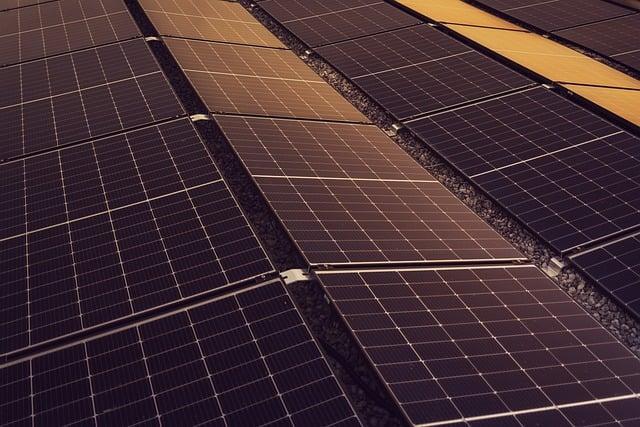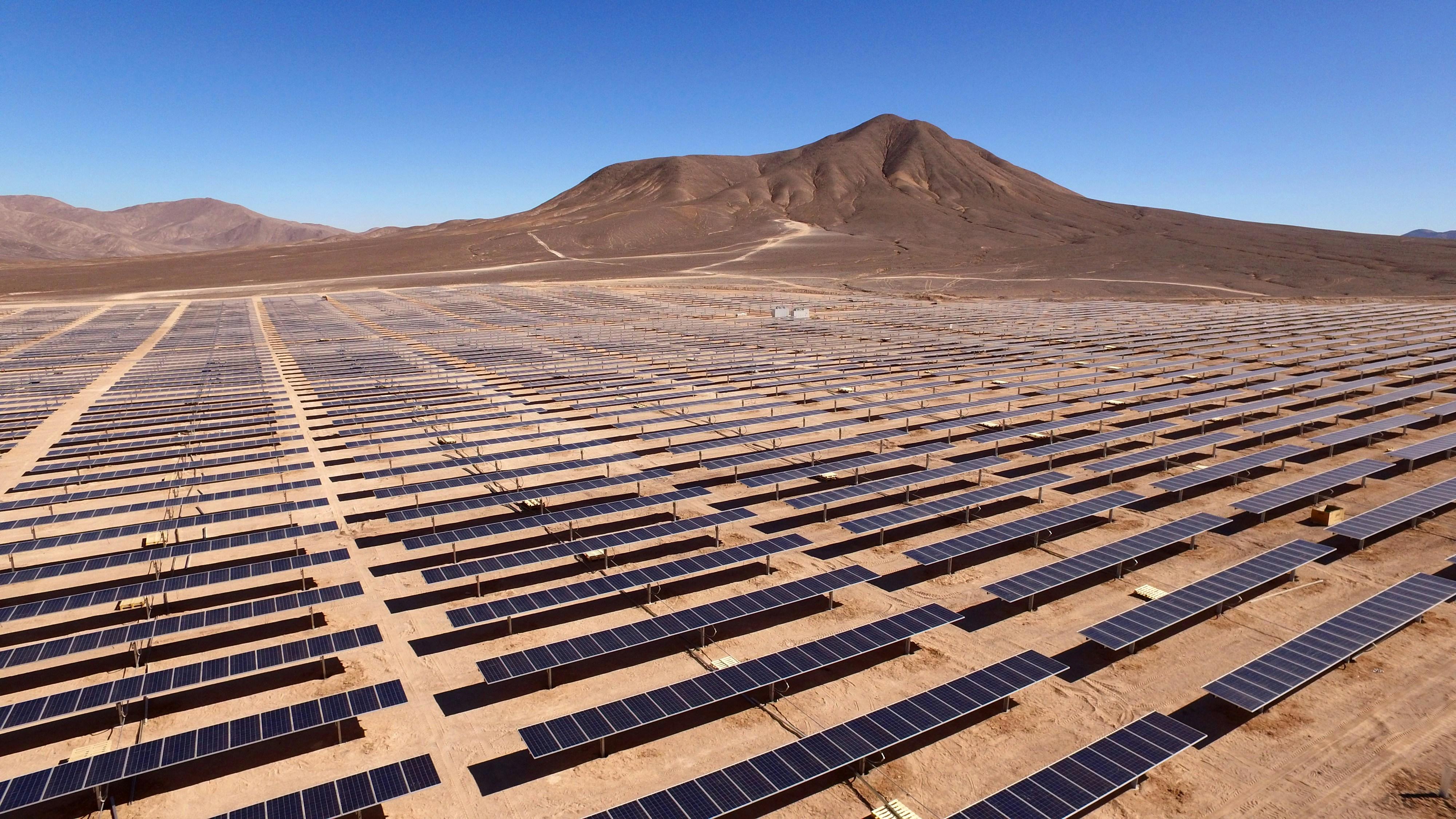In recent years, the gleaming promise of solar energy has captured the imagination of environmentalists, policymakers, and homeowners alike. With its potential to reduce carbon footprints and offer a renewable source of power, solar energy has been heralded as a cornerstone of sustainable development. Governments around the globe have bolstered this enthusiasm with a myriad of incentives designed to accelerate the adoption of solar technology. Yet, as solar panels begin to dot the landscape in increasing numbers, a critical question emerges from the horizon: Are these well-intentioned incentives inadvertently paving the way for unsustainable development? This article delves into the intricate dance between ambition and consequence, exploring the nuanced impacts of solar incentives on our ecological and economic landscapes. As we examine the multifaceted nature of sustainability, we invite you to journey beyond the surface of solar energy’s sunny allure, questioning whether the path to a greener future is as clear as it seems.
The Mirage of Solar Incentives: Analyzing Their True Impact
The introduction of solar incentives has been hailed as a crucial step towards promoting renewable energy, yet their actual impact on sustainable development remains a complex issue. While incentives like tax credits, rebates, and feed-in tariffs are designed to encourage the adoption of solar technology, they may inadvertently lead to practices that undermine long-term sustainability. Some of these incentives have sparked a surge in rapid solar installations, often prioritizing quantity over quality, and in some cases, leading to the deployment of solar panels in unsuitable environments. This could potentially result in inefficiencies, increased maintenance costs, and ultimately, a higher carbon footprint if systems are not optimized for local conditions.
Moreover, the emphasis on short-term economic gains can sometimes overshadow the essential goal of creating resilient and enduring energy systems. Critics argue that current incentives may inadvertently favor larger corporations, who can more readily absorb initial costs, over smaller, community-based projects that could foster local sustainability. Some key concerns include:
- Market Saturation: The rush to take advantage of incentives may lead to an oversupply of solar panels, reducing their value and potentially discouraging future innovation.
- Resource Strain: Increased demand for raw materials used in solar panel production could lead to environmental degradation and resource scarcity.
- Policy Dependency: Over-reliance on government incentives might create a fragile market that struggles to survive without continuous support.
In this context, it becomes imperative to critically assess and refine solar incentive structures to ensure they contribute to a genuinely sustainable energy future, rather than a transient facade of green progress.
Balancing Growth and Sustainability in Solar Energy Expansion
As solar energy becomes an increasingly pivotal component of the global energy landscape, the challenge lies in ensuring that the rapid pace of solar farm developments doesn’t overshadow long-term environmental considerations. The incentives designed to spur growth, such as tax breaks and subsidies, have undeniably catalyzed the adoption of solar technologies. However, questions arise regarding whether these incentives may inadvertently promote practices that could compromise sustainability.
- Land Use: Expansive solar farms often require vast tracts of land, which can lead to the disruption of local ecosystems and wildlife habitats.
- Resource Allocation: The production of solar panels involves significant resource consumption, including water and rare minerals, raising concerns about the environmental cost of scaling up.
- Economic Equity: Incentives may disproportionately benefit larger corporations, sidelining small-scale producers and communities in the process.
Balancing these factors requires a nuanced approach, where policies are crafted not just to encourage growth but to ensure that it aligns with sustainable practices. This might involve more stringent environmental assessments, the promotion of rooftop solar installations, and incentives for technologies that minimize resource use. As the sector evolves, a holistic view that integrates economic, environmental, and social dimensions will be crucial for truly sustainable solar energy expansion.

Navigating the Challenges of Over-Reliance on Solar Incentives
As the solar industry continues to thrive, the allure of incentives like tax credits and rebates can sometimes overshadow the importance of sustainable development practices. While these incentives play a pivotal role in promoting renewable energy adoption, over-reliance on them can lead to several challenges. First, there is the risk of market distortion, where projects are driven more by financial incentives than by genuine sustainability goals. This can result in a surge of installations that prioritize short-term gains over long-term environmental impact.
Moreover, the reliance on government-backed incentives may lead to financial vulnerability for both developers and consumers. When policies change or incentives are reduced, those heavily dependent on them may face unexpected economic pressures. To address these challenges, it’s crucial to foster a balanced approach that includes:
- Encouraging innovation in solar technology that reduces costs independently of incentives.
- Implementing policies that promote gradual incentive reduction to ensure market stability.
- Educating consumers and developers on sustainable practices that go beyond mere financial gain.
By adopting these strategies, the solar industry can maintain its growth trajectory while ensuring that development remains both economically and environmentally sustainable.

Crafting a Sustainable Future: Policy Recommendations for Solar Development
The evolution of solar incentives has undeniably catalyzed a boom in renewable energy adoption. However, these incentives, if not thoughtfully structured, can inadvertently lead to patterns of unsustainable development. To harness the full potential of solar energy while ensuring environmental and economic stability, a set of policy recommendations should be considered.
- Holistic Land Use Planning: Encourage solar projects that prioritize the use of previously developed or degraded lands, minimizing impacts on biodiversity and agriculture.
- Community Engagement: Develop frameworks that actively involve local communities in decision-making processes, ensuring that solar projects meet both regional needs and environmental goals.
- Incentive Structuring: Design incentives that reward not just capacity but also efficiency and integration with existing energy systems, promoting a balanced and resilient energy grid.
- Lifecycle Assessment: Implement policies that mandate comprehensive lifecycle assessments for solar technologies, guiding the industry towards sustainable manufacturing and recycling practices.
By integrating these strategies, policymakers can steer solar development towards a future that is both economically viable and environmentally sound, ensuring that incentives serve as a catalyst for positive change rather than unintended consequences.
To Wrap It Up
As we draw the curtains on this exploration of solar incentives and their potential to spur unsustainable development, it becomes evident that the path to a sustainable future is as complex as it is promising. The sun, a symbol of boundless energy and life, holds the key to our renewable aspirations, yet it also casts shadows that we must navigate with care. As policymakers, industry leaders, and communities stand at this crossroads, the challenge lies in balancing the scales—harnessing solar power’s immense potential while safeguarding our ecosystems and ensuring equitable growth.
The dialogue must continue, fueled by innovation, collaboration, and a steadfast commitment to sustainability. Only then can we truly illuminate a path that honors both the brilliance of solar energy and the integrity of our planet. As we move forward, let us remain vigilant and inspired, for the story of solar incentives and sustainable development is still being written, with each chapter offering new opportunities to shape a brighter, more harmonious future.

































